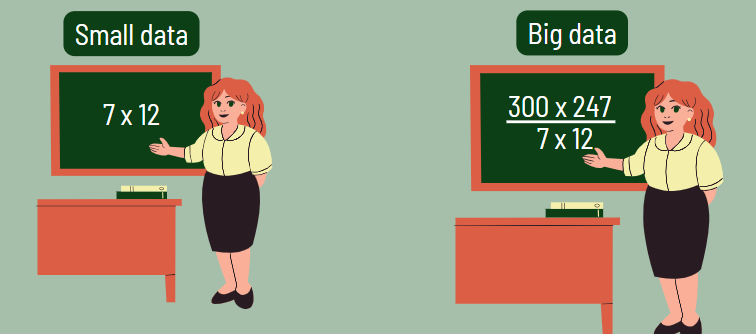If we’re saying big data, then there must be small data. So imagine you’re in a classroom, given a task.

In the case of the small data, total reliance can be on a human but as regards the Big data, there is the need to enlist the help of a machine. As I imagine you bringing out your calculator in this case.
Like the example given, small data is data that is ‘small’ enough for human comprehension.
It is data in a volume and format that makes it accessible, informative and actionable. That is not to say you cannot multiply and divide manually, but it takes more time and in this case, it’s okay to rely on machines.

If we are discussing big data analytics as a trend in 2023, then it sure is about technology. The term “big data” is about machines and “small data” is about people. Big data starts small.
Suppose you have heard the phrase “Post pandemic” over again. You must be tired of that by now, but it’s not time to get tired because the truth is we live in the post-pandemic, and the tragic event opened our eyes to many disruptions in the supply chain industry.
The supply chain industry relies heavily on data and as we have come to understand that there is a limit to the data a human can process. This begs the phrase ‘Big data analytics’.
In 2005, Big Data was labelled by Roger Mougalas as he referred to a large set of data that, at the time, was almost impossible to manage and process using the traditional business intelligence tools available.

